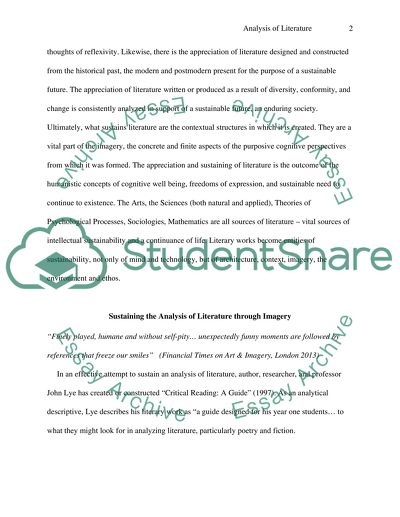Cite this document
(“Sustained Analysis of Literature Research Paper - 2”, n.d.)
Sustained Analysis of Literature Research Paper - 2. Retrieved from https://studentshare.org/literature/1615751-essay
Sustained Analysis of Literature Research Paper - 2. Retrieved from https://studentshare.org/literature/1615751-essay
(Sustained Analysis of Literature Research Paper - 2)
Sustained Analysis of Literature Research Paper - 2. https://studentshare.org/literature/1615751-essay.
Sustained Analysis of Literature Research Paper - 2. https://studentshare.org/literature/1615751-essay.
“Sustained Analysis of Literature Research Paper - 2”, n.d. https://studentshare.org/literature/1615751-essay.


